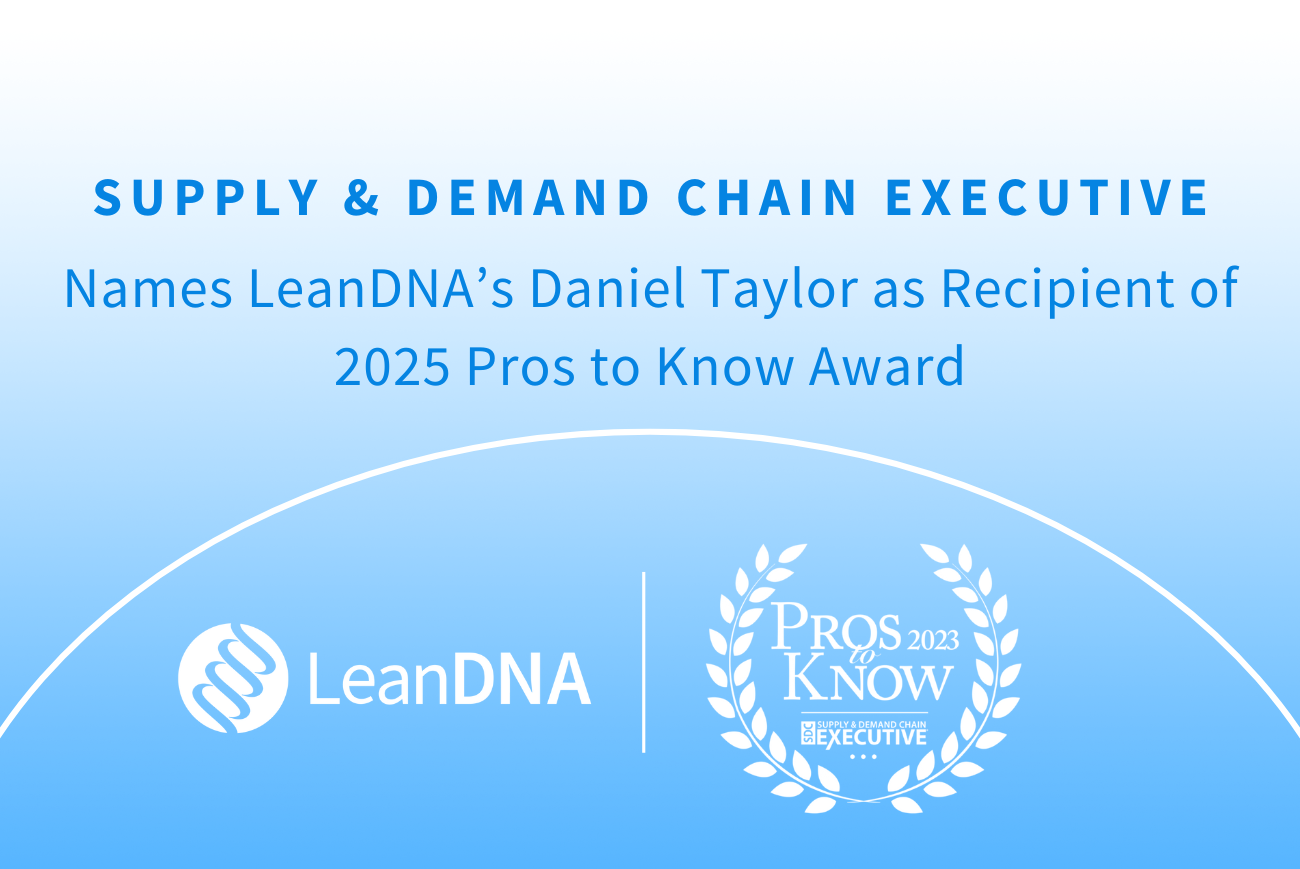Do You Need to Reduce Inventory Costs?
Inventory management plays a pivotal role in the success and profitability of manufacturing businesses. Effective inventory control ensures smooth operations, minimizes waste, and optimizes cash flow. One critical aspect of inventory management is reducing inventory costs, which can significantly impact a manufacturer's bottom line. In this article, we will explore strategies to reduce inventory costs and highlight the benefits they bring to manufacturers.
Ways to Reduce Inventory Costs
Accurate Demand Forecasting
Precise demand forecasting is the foundation of effective inventory management. By analyzing historical sales data, market trends, and customer behavior, manufacturers can make informed predictions about future demand. This helps optimize production levels, minimizing excess inventory and avoiding shortages. Utilizing forecasting tools and collaborating closely with sales and marketing teams can enhance accuracy and align inventory levels with actual customer demand.
Lean Inventory Practices
Adopting lean inventory practices is another effective strategy for cost reduction. This approach focuses on reducing waste, optimizing order quantities, and enhancing supply chain efficiency. By implementing techniques such as Just-in-Time (JIT) inventory management, Kanban systems, and cross-docking, manufacturers can maintain lean inventory levels without compromising on customer satisfaction. Lean practices also lead to reduced carrying costs, including storage, handling, and insurance expenses.
Collaborative Supplier Relationships
Developing strong partnerships with suppliers can yield numerous benefits in terms of cost reduction and improved inventory management. Manufacturers can work closely with suppliers to streamline procurement processes, negotiate favorable terms, and implement vendor-managed inventory (VMI) systems. VMI allows suppliers to monitor inventory levels and replenish stock as needed, reducing the manufacturer's holding costs and the risk of stockouts. Collaborative supplier relationships can also lead to better pricing, timely deliveries, and improved overall supply chain efficiency.
Optimize Warehouse Management:
Efficient warehouse management is crucial for reducing inventory costs. Implementing best practices such as ABC analysis, slotting optimization, and cycle counting can enhance inventory accuracy, minimize carrying costs, and reduce the risk of obsolescence. By organizing the warehouse layout based on product velocity and implementing technology-driven solutions like barcode scanning and inventory tracking systems, manufacturers can improve order fulfillment speed, reduce errors, and eliminate excess stock.
Benefits of Reducing Inventory Costs for Manufacturers:
a) Cost Savings: The primary benefit of reducing inventory costs is evident in the immediate cost savings. By optimizing inventory levels, manufacturers can free up working capital, reduce storage costs, and minimize the risk of inventory obsolescence. This allows businesses to allocate resources more efficiently and invest in growth initiatives.
b) Enhanced Cash Flow: Reducing inventory costs directly improves cash flow. With lower inventory holding costs and faster inventory turnover, manufacturers can generate cash faster, enabling them to invest in research and development, technology upgrades, or marketing efforts to gain a competitive edge.
c) Increased Agility: Maintaining lean inventory levels fosters greater agility in responding to market changes. Manufacturers can quickly adjust production based on demand fluctuations, reducing lead times and improving responsiveness to customer needs. This adaptability enhances customer satisfaction and helps manufacturers stay ahead in a dynamic marketplace.
d) Improved Customer Service: By reducing inventory costs, manufacturers can avoid stockouts and improve order fulfillment rates. Timely deliveries and accurate inventory availability contribute to enhanced customer satisfaction, fostering long-term relationships and repeat business.
e) Minimized Risk: Excessive inventory ties up resources and increases the risk of product obsolescence, damage, or theft. By reducing inventory levels, manufacturers can mitigate these risks and focus on producing goods with higher market demand, resulting in improved profitability and reduced exposure to potential losses.
Optimizing Inventory to Meet Organizational Goals
Reducing inventory costs is a vital aspect of effective inventory management for manufacturers. By adopting strategies such as accurate demand forecasting, lean inventory practices, collaborative supplier relationships, and optimized warehouse management, businesses can unlock a range of benefits. These benefits include cost savings, enhanced cash flow, increased agility, improved customer service, and minimized risk. Embracing inventory cost reduction measures is a proactive approach that not only improves operational efficiency but also sets manufacturers on a path to sustainable growth and success.
Learn how to optimize inventory with this 7-step inventory action plan >>
Discover new ways to improve inventory turns by up to 30% with LeanDNA >>



